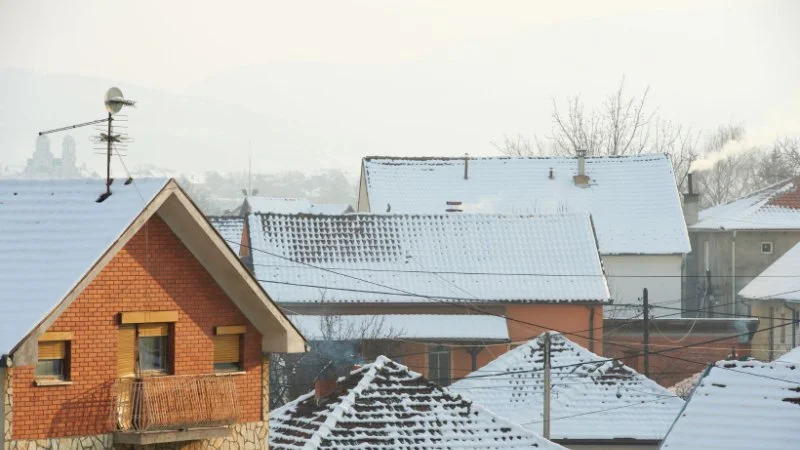
- 1. How Climate Affects Your Roofing Choices
- 2. Understanding the Climate Conditions in Canada
- 3. Best Roofing Materials for Different Climates
- 4. The Role of Insulation in Roofing for Various Weather
- 5. How to Choose the Right Roof for Your Region
- 6. How Pickering Roofing Can Assist You in Making the Right Choice
1. How Climate Affects Your Roofing Choices
The climate of your region plays a significant role in determining which roofing materials and systems will work best for your home. Whether you live in a cold, snowy area or a hot, sunny region, the climate directly impacts your roof's durability, energy efficiency, and overall performance. Understanding how different weather conditions affect your roofing choices can help you make informed decisions that benefit both the longevity of your home and your energy bills.
2. Understanding the Climate Conditions in Canada
Canada is known for its diverse climate, ranging from extreme cold in the northern regions to mild coastal weather in the south. The following climate conditions need to be considered when choosing the right roof:
- Cold and Snowy Weather: In northern Canada, where winters can be severe, snow and ice can accumulate on your roof. You’ll need a roofing system that can handle heavy snow loads and prevent ice dams.
- Hot and Dry Conditions: In more temperate or desert-like climates, such as southern Canada, roofing materials that can withstand high temperatures and intense sun exposure are essential.
- Rainy and Humid Regions: For areas with high humidity and frequent rainfall, such as coastal regions, you need materials that are resistant to mold and water damage.
3. Best Roofing Materials for Different Climates
There are various types of roofing materials available, each suited for specific climate conditions. Here are some of the best options depending on your location:
- Asphalt Shingles: These are one of the most common and versatile materials used across Canada. They perform well in both cold and warm climates, and they are affordable and easy to maintain. However, in areas with extreme heat, they may not be as durable.
- Metal Roofing: Metal roofs are highly durable and can withstand extreme weather conditions, including heavy snow, rain, and high winds. They're particularly suited for colder regions where snow accumulation is common, but they also work well in warmer areas.
- Wood Shingles and Shakes: While visually appealing, wood shingles and shakes are best for dry climates. They require regular maintenance to prevent rot and are not ideal for wet, humid areas.
- Clay and Concrete Tiles: Ideal for hot, dry climates, these materials are resistant to fire and reflect heat. They are more commonly found in warmer regions of Canada, especially in southern parts with intense sun exposure.
4. The Role of Insulation in Roofing for Various Weather
Insulation is just as crucial as the roofing material itself in maintaining a comfortable home environment. It helps regulate temperature inside the house and minimizes energy consumption. In cold climates, good insulation keeps warm air from escaping, while in warmer climates, it helps keep the heat out. Here are some tips:
- Cold Climates: In regions with long winters, a well-insulated roof can help keep heating costs down. Ensure that your attic space is properly insulated to prevent ice dams, which can cause costly damage.
- Warm Climates: In areas where summers are long and hot, roofing insulation helps reduce the amount of heat that enters your home, lowering air conditioning costs. Reflective roof coatings can further improve your roof’s energy efficiency.
5. How to Choose the Right Roof for Your Region
When selecting the right roof for your home, it’s important to consider the climate, roof pitch, and your home’s specific needs. Consult with local roofing professionals to determine which materials and systems will perform best in your area. Consider factors such as:
- Roof Pitch: Steeper roofs shed snow and water more effectively than flatter roofs. However, flatter roofs are more common in certain regions.
- Energy Efficiency: If you live in a region with extreme temperatures, consider energy-efficient roofing materials and insulation to save on heating and cooling costs.
- Durability: The durability of roofing materials varies greatly depending on the local climate. Choose materials that can withstand your area’s weather conditions to avoid frequent repairs or replacements.
6. How Pickering Roofing Can Assist You in Making the Right Choice
At Pickering Roofing, we understand the unique challenges that Canadian climates pose when it comes to roofing. Our team of experts can help you assess your home’s roofing needs, recommend the most suitable materials, and provide professional installation services. Whether you’re dealing with snow, rain, or extreme heat, we’ve got you covered with roofing solutions designed to last.
Contact us today for a consultation and let us help you protect your home with the best roofing system for your climate!

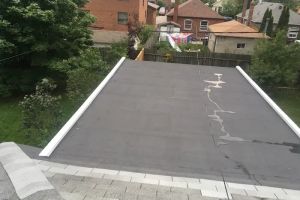
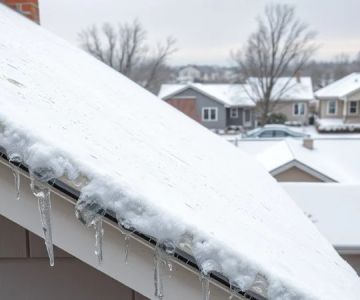
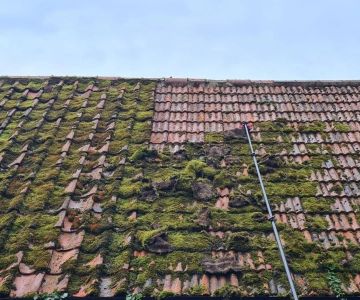
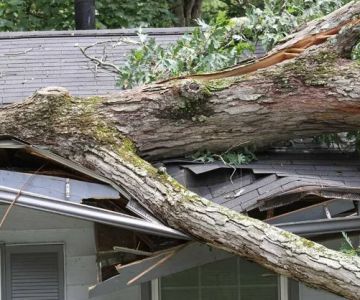
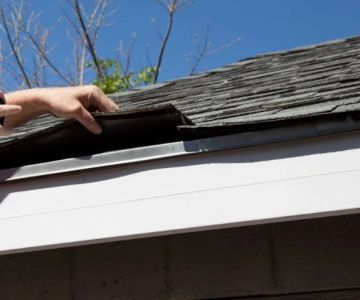
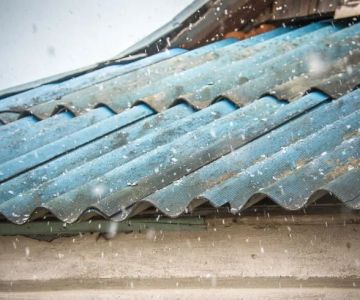

 Peterborough Roofing0.0 (0 reviews)
Peterborough Roofing0.0 (0 reviews)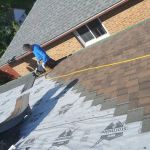 Honest Roofing INC0.0 (0 reviews)
Honest Roofing INC0.0 (0 reviews) Roomi's Roofing5.0 (24 reviews)
Roomi's Roofing5.0 (24 reviews)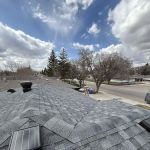 Platinum Roofing Ltd4.0 (69 reviews)
Platinum Roofing Ltd4.0 (69 reviews)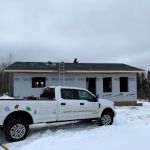 Maintenance brothers5.0 (10 reviews)
Maintenance brothers5.0 (10 reviews)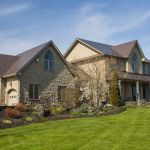 Maritime Permanent Roofing4.0 (39 reviews)
Maritime Permanent Roofing4.0 (39 reviews)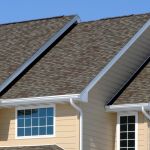 How Much Does a New Roof Cost in 2025? Canadian Roofing Price Guide
How Much Does a New Roof Cost in 2025? Canadian Roofing Price Guide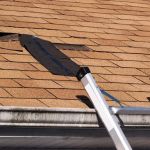 Top Signs Your Roof Has a Leak and What to Do About It in Canada
Top Signs Your Roof Has a Leak and What to Do About It in Canada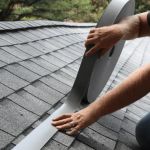 Can You Install a New Roof Over an Old One in Canada?
Can You Install a New Roof Over an Old One in Canada? The Top Questions to Ask Before Hiring a Roofer in Canada
The Top Questions to Ask Before Hiring a Roofer in Canada What Are the Most Common Roofing Scams and How to Avoid Them in Canada
What Are the Most Common Roofing Scams and How to Avoid Them in Canada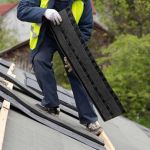 How to Prepare Your Home for a Roofing Project in Canada
How to Prepare Your Home for a Roofing Project in Canada